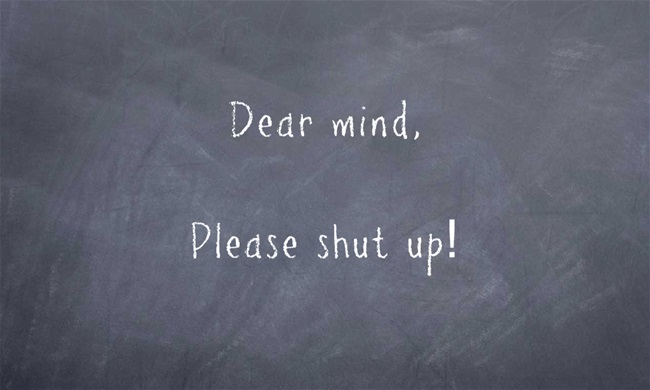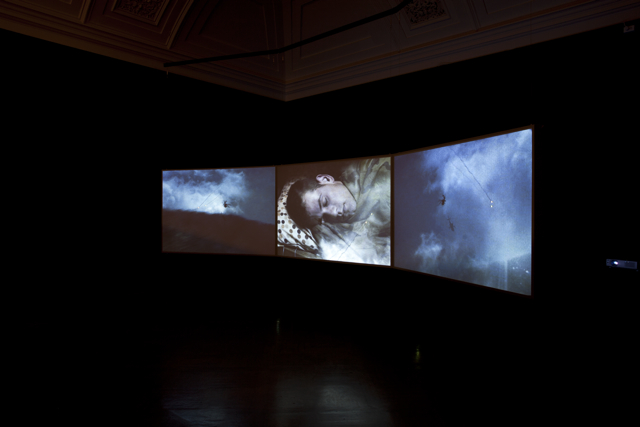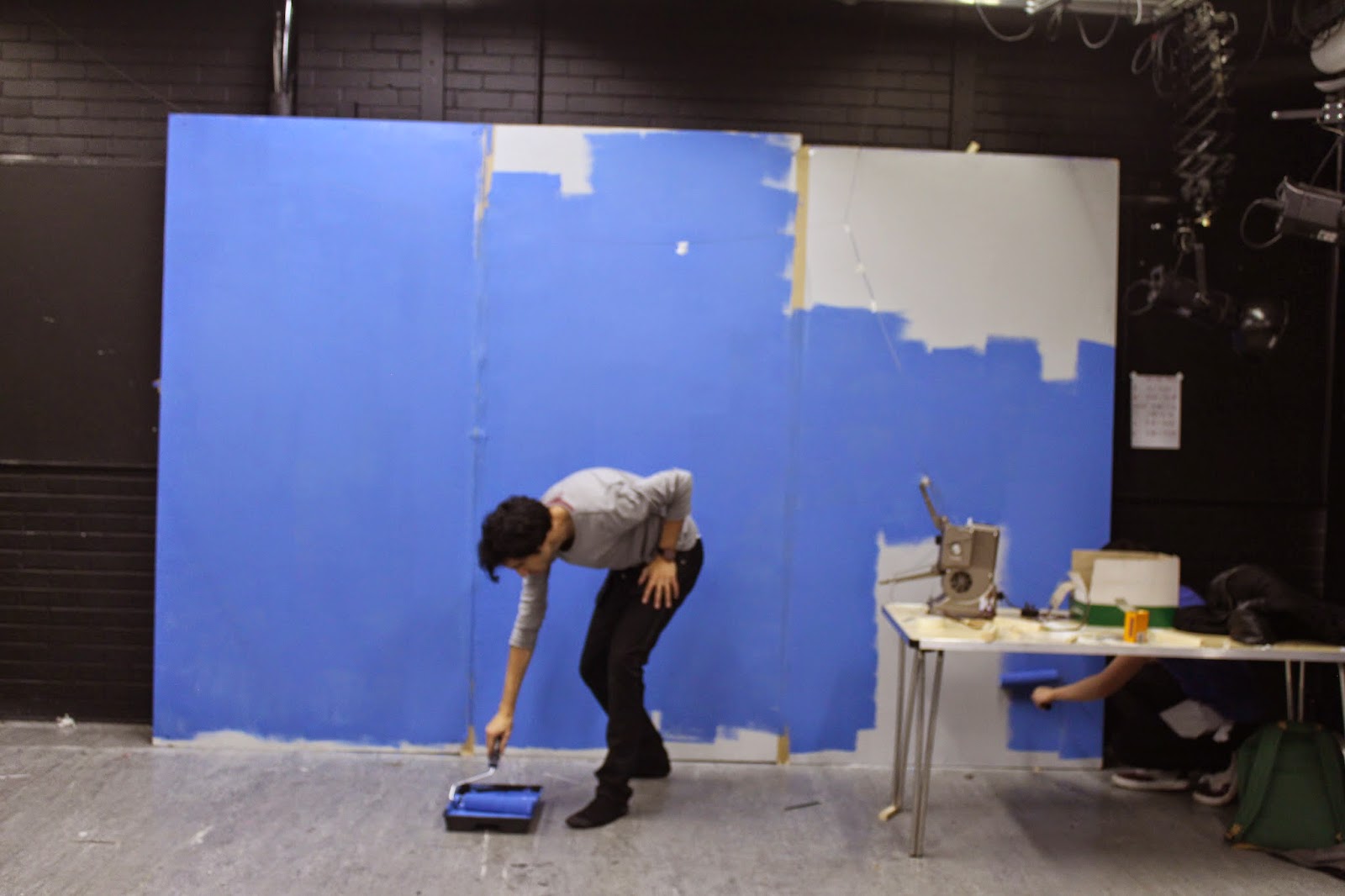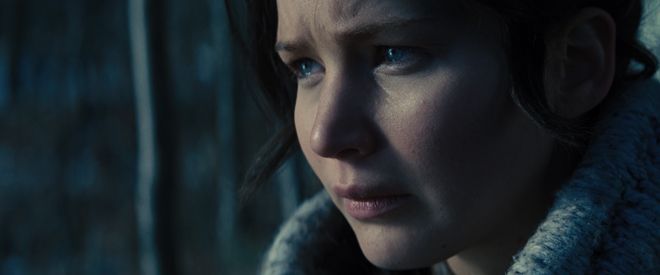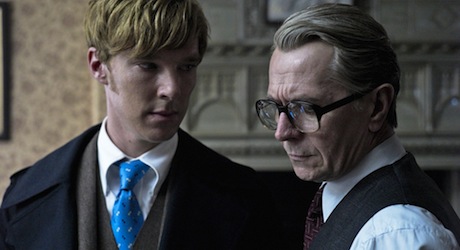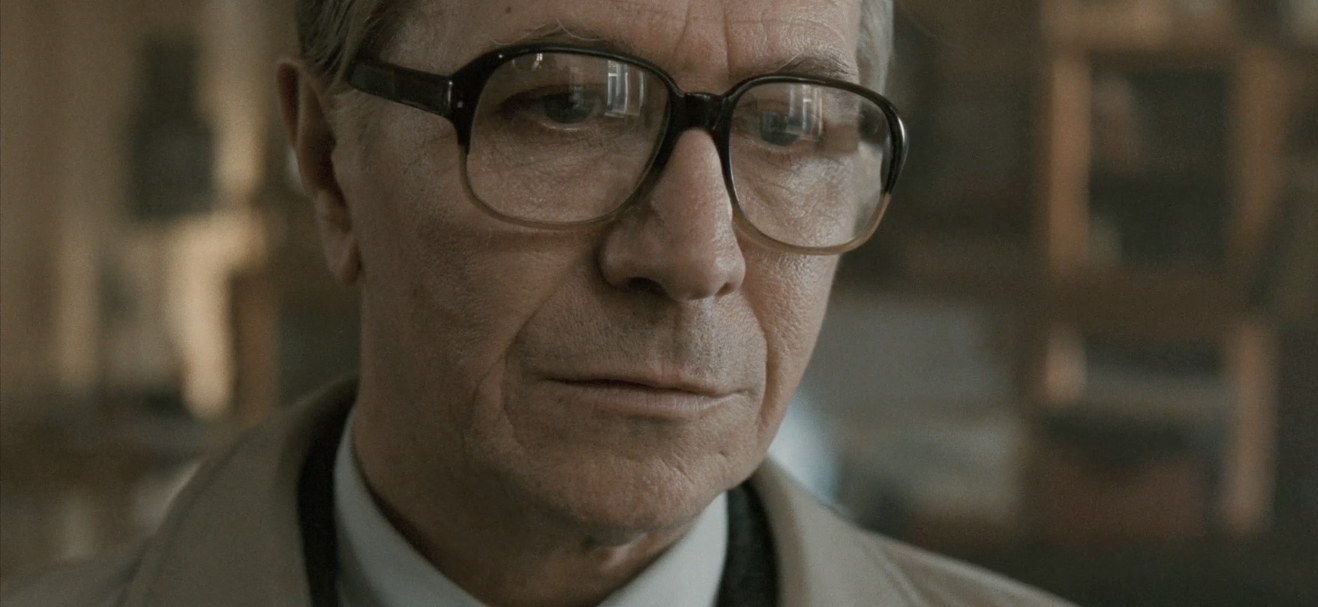1
INT. LIVING ROOM - MOMENTS LATER 2
We see PEARL (45), slim build, her NHS uniform too large
for her; evident bags under her eyes and a straight face. She is knelt down next to the COUCH with a PREGNANT WOMAN,
THEA (28) laying down.
Pearl is holding a DOPPLER in hand, moving the Doppler
closer to Thea’s head, the babies heartbeat heard beating away.
Thea listens in wonder.
THEA
(anxious) Is that good?
Pearl, looking slightly distant
forces a smile and replies.
PEARL
You have a perfectly healthy child. She has a
strong heartbeat.
The sound
of the heartbeat increases as Pearl focuses on the display.
SOUND -
Living room -
Birds outside, traffic passing, general outdoors atmopsheres. Also any noises such as television, humming from the kitchen or appliances.
Pearl - Rustle of the fabric of her outfit as she moves (especially as it is too large), movement of the carpet under her knees as she moves, gripping of the doppler in her hand and any adjustments she makes to her posture, the doppler itself, both breathing, if thea moves, the sound of the fabric of the couch.
The heartbeat needs to be dominant but not too overwhelming. It could even be in the background as they are speaking and then brought to a higher level once the shot focuses on the display.
Then postioning for appropriate recording for dialogue and making sure that it is a clear and undisturbed recording (outside noises etc)
LIGHTING -
The scene is day (as mentioned just before), so a light natural glow on each woman, needing to focus on their position as to how the light will bounce on each of them. Need to use the light to effect how Pearl is perceived, especially if she is meant to look tired. Need to have appropriate lighting for the doppler, so can clearly see the information & making sure the audience understands what it is.
FOCUS -
Not much movement in this scene, so wouldn't be much of a focus apart from potentially if the shot was to focus more on the doppler as it is moving around Thea. Also if Pearl is shown to kneel at the beginning of the scene.
Reflection -
Analysing a scene can show me just how much focus has to be done to each role, and to be honest, it is a little overwhelming. Especially sound needs to have a full focus on it, which is why we are in discussions to get some help. You have to really think of every single sound there could possibly be to make it seem more realistic, so it will be a hard task.





